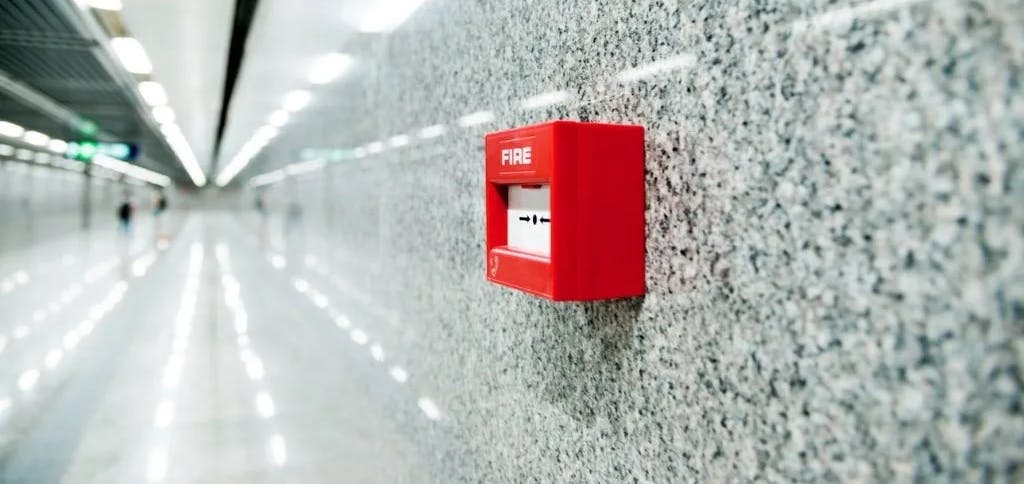On 30 April 2025, the BS 5839-1:2017 standard was officially withdrawn and replaced by the updated BS 5839-1:2025. This marks a significant shift in how fire detection and alarm systems are designed, installed, commissioned, and maintained across non-domestic buildings in the UK.
As a trusted health and safety partner, Clear Safety is here to break down what these changes mean for duty holders, building managers, consultants, and installers.
Why the Update Matters
BS 5839-1:2025 reflects the latest thinking and best practices in fire safety. The new guidance is aimed at improving system reliability, reducing false alarms, and ultimately enhancing the protection of people and property.
What’s New in BS 5839-1:2025?
The revised standard introduces a number of important updates designed to improve the effectiveness of fire alarm systems:
- Enhanced fire safety for building occupants
A greater focus on early warning and evacuation. The updated standard promotes faster detection and better system reliability to support timely and safe responses during a fire. - Clearer design and performance criteria
More robust requirements for the design and operation of fire alarm systems help ensure they function correctly under real-world conditions. - More accessible guidance for professionals
Whether you're a fire engineer, consultant, or facilities manager, the new version offers clearer recommendations and responsibilities at each project stage—from system planning and installation through to commissioning, handover, and ongoing maintenance.
Scope of BS 5839-1:2025
This Code of Practice applies specifically to fire detection and alarm systems in non-domestic premises. It provides updated technical recommendations covering a wide range of components and systems, including:
- Manual call points
Allowing occupants to raise the alarm manually when a fire is spotted. - Audible and visual alarm devices (sounders and beacons)
Ensuring alerts are heard and seen clearly, even in noisy or low-visibility environments. - Automatic fire detectors
Enabling early detection of smoke, heat or flame without human input. - Control and indicating equipment
Panels that monitor system health and display fault and activation information to operators. - Smoke control systems
Designed to limit the spread of smoke and maintain visibility on evacuation routes. - Automatic door release mechanisms
Supporting safe exit and fire crew access by releasing fire doors during alarm activation. - Fuel shut-off valves (gas/oil)
Minimising fire escalation by automatically isolating fuel sources. - Lift grounding systems
Returning lifts to a safe floor and disabling use to prevent entrapment during emergencies.
How Clear Safety Can Help
Whether you're upgrading an existing fire detection system or planning a new build, compliance with BS 5839-1:2025 is critical. Our team can support you with:
- Gap assessments of current systems
- Design and specification advice
- Independent commissioning and inspection
- Training for responsible persons and maintenance teams
Need Expert Advice?
If you're unsure how these changes affect your building or your responsibilities, get in touch with Clear Safety. We’re here to help ensure your fire detection systems are compliant, reliable, and designed to protect.
📧 Contact us today to arrange a consultation or find out more about BS 5839-1:2025.





